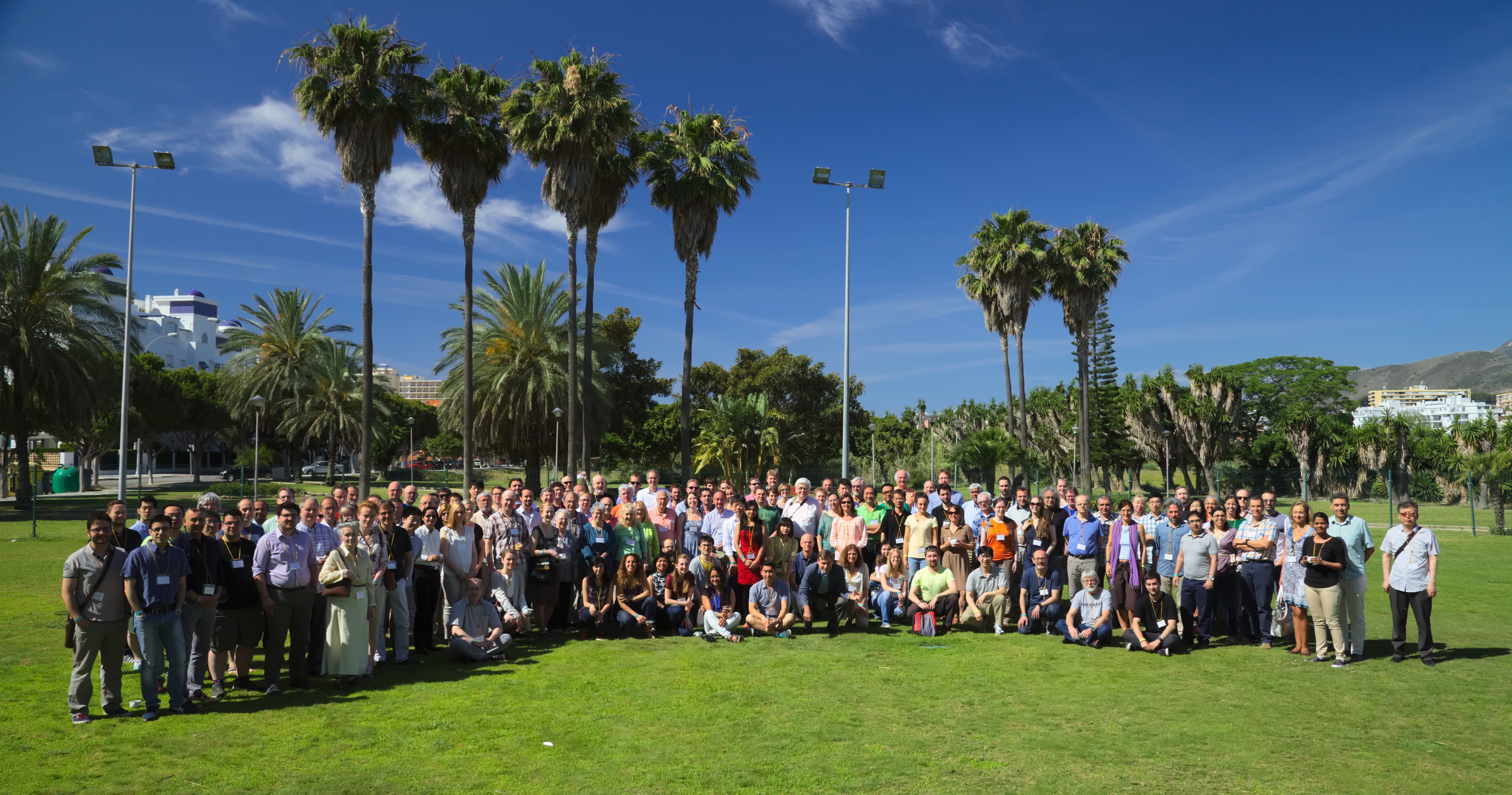Home
Blazars, the most extreme variety of active galactic nuclei (AGN) and the most luminous long-lived individual objects in the universe, continue to pose major astrophysical puzzles. This international conference will be devoted to recent progress in observational and theoretical aspects of blazars and advances in our understanding of the "big picture'' of the blazar phenomenon.
Blazars radiate across the electromagnetic spectrum from radio to gamma-ray frequencies. Observations of blazars require a variety of state-of-the-art instruments and techniques, while understanding jet formation and production of high-energy particles and photons is among the most prominent problems of modern astrophysics.
The timing of the conference is well matched to the availability of premier high-energy facilities, such as the Fermi Gamma-ray Space Telescope, the Chandra, Swift, NuSTAR, and Astrosat X-ray satellites, new high-resolution arrays such as the Event Horizon Telescope, RadioAstron, and ALMA, sensitive very high-energy gamma-ray Cherenkov detectors, and long-term monitoring with the Very Long Baseline Array, Global mm-VLBI Array, and optical-IR telescopes.
The meeting will have the extra motivation of celebrating Prof. Alan Marscher's contributions to blazar research.
The conference will start on Monday morning and will last until Friday lunch time. Wednesday afternoon will be free, and a number of different social events and sightseeing tours are being organized.
The proceedings of the conference will be published in “Galaxies”, an international, peer-reviewed open access journal published by MDPI AG (Switzerland). All proceedings contributions will be indexed in the ADS and Web of Science databases.






